Readers
Length
10 minutes
Year
1816
Summary
LibriVox volunteers bring you 12 recordings of Quatrain from The Rubáiyát of Omar Khayyám. Translated by Henry George Keene. This was the Weekly Poetry project for June 26, 2011.The popularity of the celebrated translation of the Rubaiyat of Omar Khayyam by Edward Fitzgerald has cast many other worthy translations into undeserved obscurity. Among the earlier translators was Henry George Keene (1781-1856) whose translation of one quatrain appeared in 'Fundgruben des Orients' in 1816.
Instead of the image of the wine and cup popularly associated with the Rubaiyat, the stanza translated by Keene refers to an image even more thoroughly explored in the poem: the potter and his clay. It may be said that while the wine represents the chemistry of Omar's universe, the clay represents the physics. In this context, wine can be seen, not merely as an intoxicant, but rather as the mysterious elixir which enables the clay figures to enjoy a brief experience of life before they crumble into dust.(Summary by Algy Pug.)
More from Omar Khayyám
Authorization
By logging in, you agree to the terms and conditions.
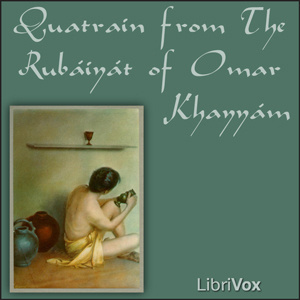
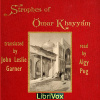
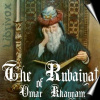
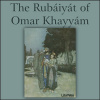

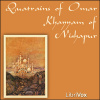


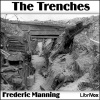


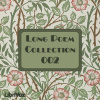

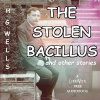


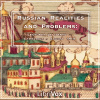

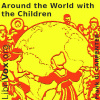
No comments